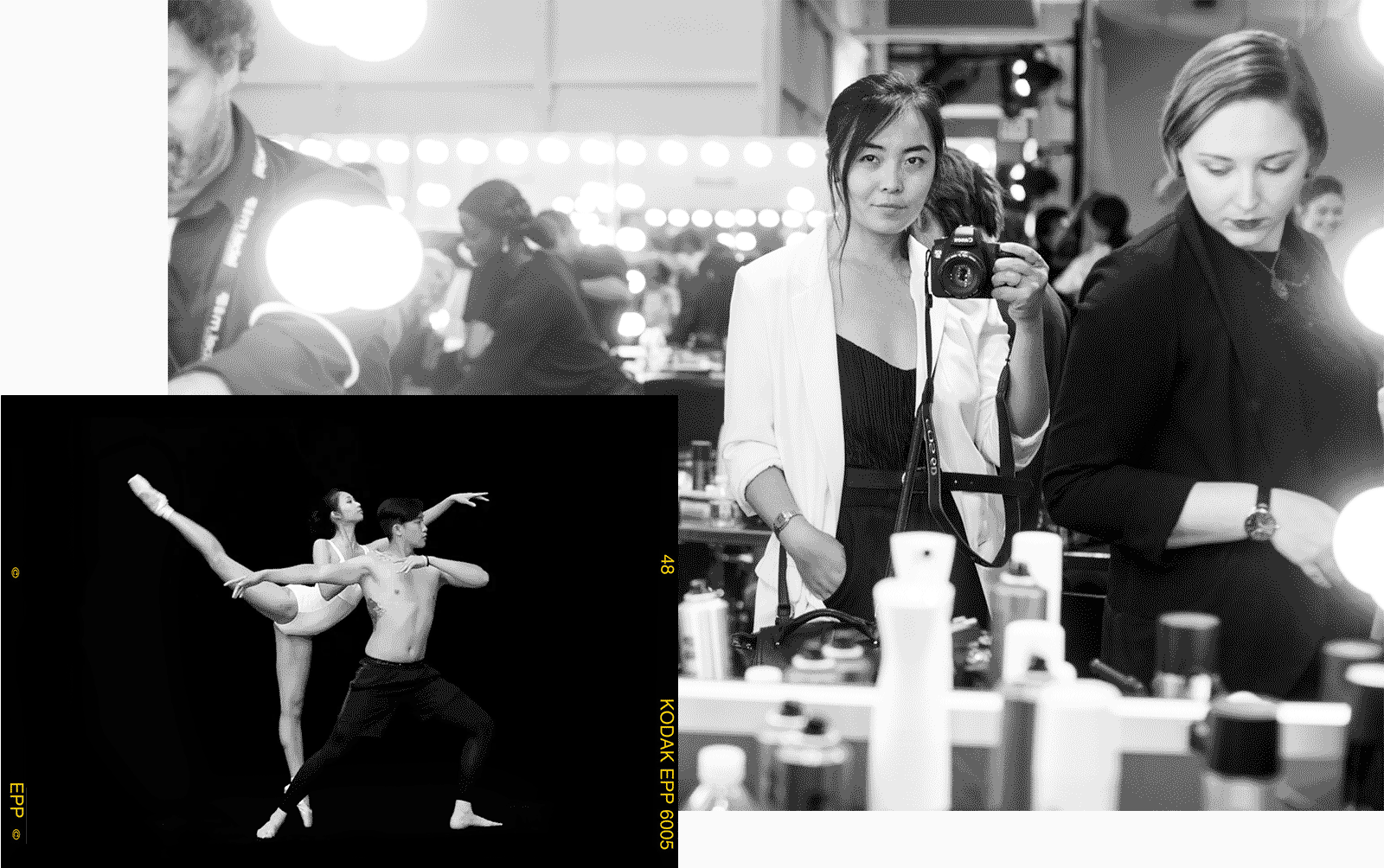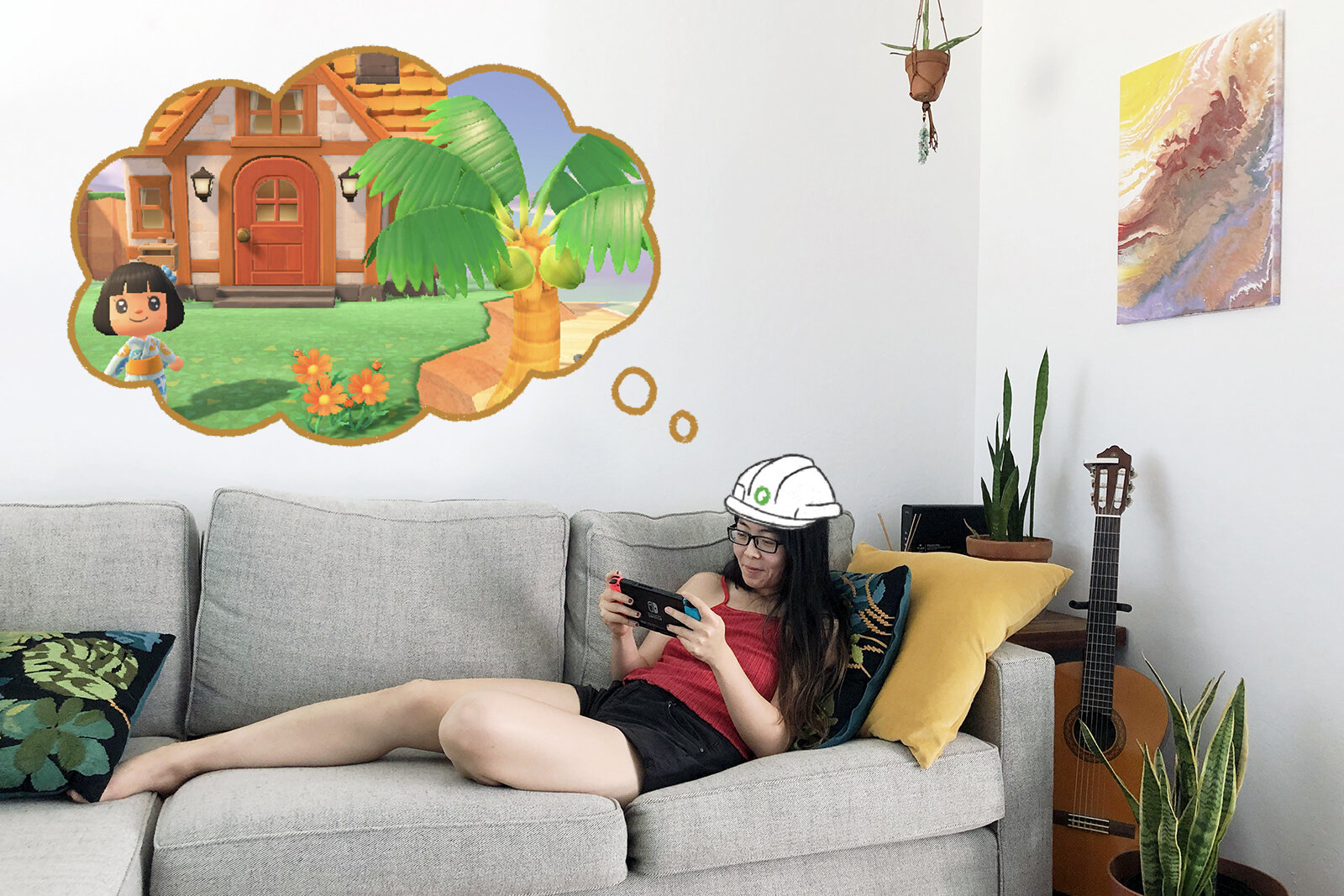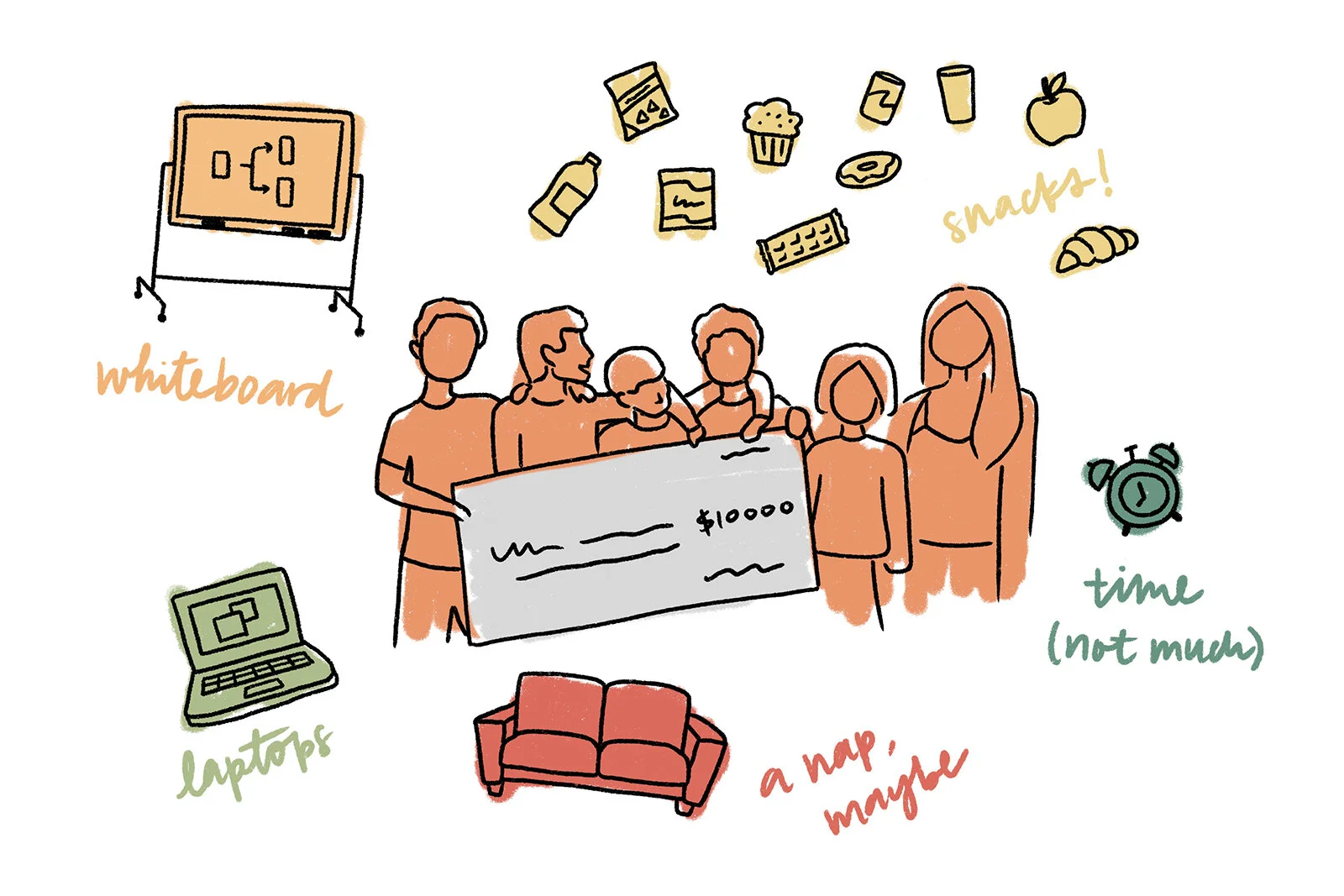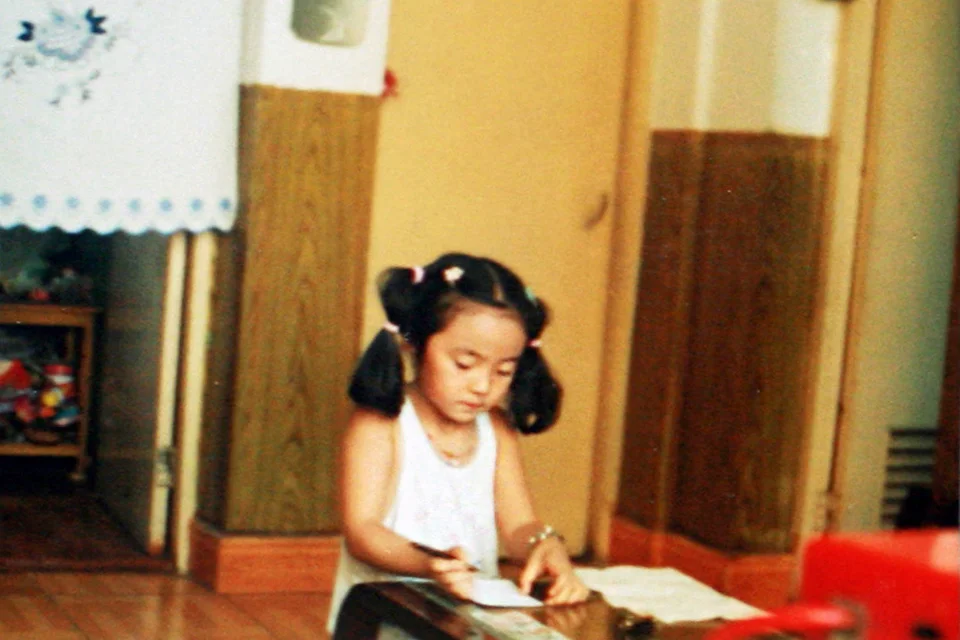How Side Hustles Make Me a Better Designer
I’m a curious one by nature. I get bored easily. When I’m not at work, I fill my time with a thousand different hobbies and interests to dig into. As a creative human, being in touch with my maker identity allows me to imagine and express. But these side hustles and hobbies do more than just produce experimental art. They help me grow as a designer by enriching my perspectives, exposing me to diversity and new opinions, and allowing me to look at life and the human experience in new fascinating ways.
Dancers in Motion, 2017. How do you frame a moment in time and tell a compelling story?
Photography & Film
Photography was my first love. It taught me how to frame a moment in time and tell a story through composition of a subject matter. I discovered how photographs can bring a vision to life and completely change how people view themselves when they get in front of the camera. It allows me to capture beauty in every skin color and understand people’s, especially women’s, desires to become better versions of themselves and manifest their own self-identities. I practice telling visual stories, which teaches me how to communicate a brand vision that inspires.
I watch TV and films from the perspectives of writers and directors. Why did they choose to tell this story in this way? What makes a compelling character? What are the human themes that make me relate to a fictional character who lives in a completely different world from mine? What makes a good story and how does it elicit emotion and make you care? Every line of dialogue, transition, camera movement was deliberately designed, and I love analyzing how it all comes together to give the audience a unique memorable experience in a way that’s never been done before.
Writing
I love blogging about everything I’m inspired by. I write about my journeys and learnings to understand myself and the world around me. By being honest with myself and digging into why I ended up the way I am, I learn to understand others. What are my privileges and unconscious biases? Understanding the psychology and motivations of people who have shaped my life helps me develop empathy for those I haven’t met. Once I acknowledge my own ego, I can take that out of my work. I’m not here to design cool things to show off my creativity. My job is to service others and adapt my perspective into solving the user problem.
Snippets of Italy. How do you design spaces that take your breath away?
Architecture
I was trained as an architectural designer by trade. In theory, architecture is the intersection of space, form, function, beauty, comfort, and efficiency coming together to connect humans to the physical world around them. Although I don’t practice it, I view the world through an architectural lens. How do you optimize an environment? How do you program a space to serve basic utility and at the same time express beauty through form? How do you craft an experience that serves people in the present and future?
When I’m out and about I observe the way people use public spaces. What affordances cause people to sit down and rest, or congregate and engage in social interactions? How does a shared space serve a wide range of people with very different jobs to be done? What was the architect or planner’s intent for adding landscaping or facing a window a certain direction? Does the circulation flow through the building make sense? How are pockets of space used to delight? Admiring well-designed spaces inspires me all the time.
Business
Product-market fit. Three triggering words that define the product-centric world we live in. As a product designer it’s my job to understand the market, and design products that, well, fit. But business is much more than the tech industry or in my case, the fashion resale industry. It’s all about creating goods and services that solve user problems. I love analyzing to understand how business decisions and product strategy trickle down to influence the goods and services I use and come across everyday, and thinking through how supply and demand regulate where people choose to spend their money. How is the market changing during a global pandemic? How have people’s needs changed? How are companies evolving their strategies to retain customers or capture additional market share? Who is innovating and succeeding and who is failing miserably?
I’m currently reading Clayton Christensen’s Competing Against Luck and thinking a lot about the Jobs to Be Done theory. So much to dissect that can directly influence my work.
Animal Crossing on Nintendo Switch. How do you design a game that simulates everyday and transforms it into a daily routine?
Gaming
This year I developed a little bit of an addiction to a game. Never having been much of a gamer, I was surprised at how well a game was able to capture my attention and sustain it for months. I then took a gamification course and learned to identify game elements, define the elements of “fun”, and utilize those tools to encourage consumer behavior and engagement. I love learning about psychology and understanding the driving forces behind motivation and how the human mind perceives and acts.
I’m fascinated by games and how they use elements like winning, problem-solving, or exploring to entertain. My job is in e-commerce, where we try to understand how people shop for clothing. Shopping has evolved from being purely functional to an emotional and social entertainment experience, allowing for fantasy, escape, discovery, and even triumph. How do I take advantage of that?
Fashion
Clothing is a tangible depiction of a person’s social and personal identity, giving those around them an idea of who they are and who they aspire to become. Personally, fashion allows me to express my creativity and define my identity to the world through the clothes I wear. But since I work in fashion, my love for it naturally transpires into my work. I spent my days thinking about building a sustainable wardrobe, and how shopping secondhand allows us to lengthen the life of clothing and do our part in reducing waste while still entertained by the treasure hunt. ThredUP has converted me into an avid thrifter and loyal customer. How do I get other people on board, and convince them to give us a shot? How do I deliver that same experience to them?
Digital and analog doodles. How do you visually represent objects, concepts, ideas?
Doodling
I draw. It’s primarily a canvas for a brain dump, which clears my mind and helps me gather my thoughts. But it’s also a canvas for exploration. Moving a pencil around helps me observe life, imagine different realities, experiment with ideas, and think about new ways to solve problems. It allows me to visualize objects and communicate concepts through lines and colors I couldn’t otherwise do with words. Drawing helps me explore illustration styles as a part of a larger brand system, create visuals to accompany large blocks of text (like the one you’re reading). Best of all, I use it to destress and get away from drawing rectangles all day.
Volunteering
Last but not least, I’m passionate about giving back.
I currently volunteer with Code for America San Francisco, where I use design to not only push pixels around a screen, but advocate for social justice. Putting my skills to use for those in need allows me to see how design can make a real human impact in our communities. Poorly designed experiences undermine our social safety net and discriminate against people who may not have the time, tools, or information to apply for critical benefits that help them get food on the table. As a designer in this world I feel like it’s my responsibility to make things easier for people, especially those less privileged than I am.
…
All this is to say I’ve got a lot of hobbies, many of which aren’t exactly related to my career. I do them because I truly enjoy them, but they also give me the perspective to grow and think about the kind of designer I want to be. It’s taken years of self-initiated learning and discovery to guide my journey into this career I love, and I want to continue shaping that path.
For those giving up their side hustles to focus solely on transitioning careers into product design, please don’t. Find what you love to do and use that to shape your career. Don’t expect to learn everything from school or copy what others are doing. Continue exploring your interests. They make you unique as a designer and help you develop an empathic and curious mindset that allows you to do your best work.























